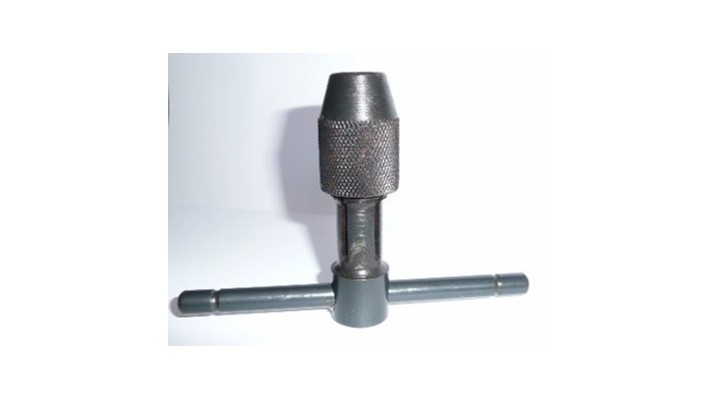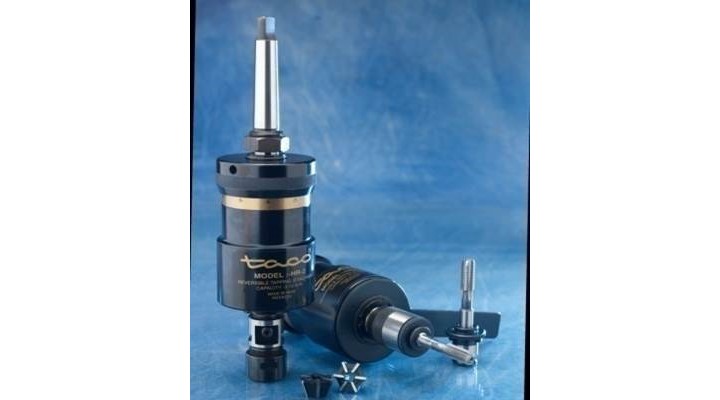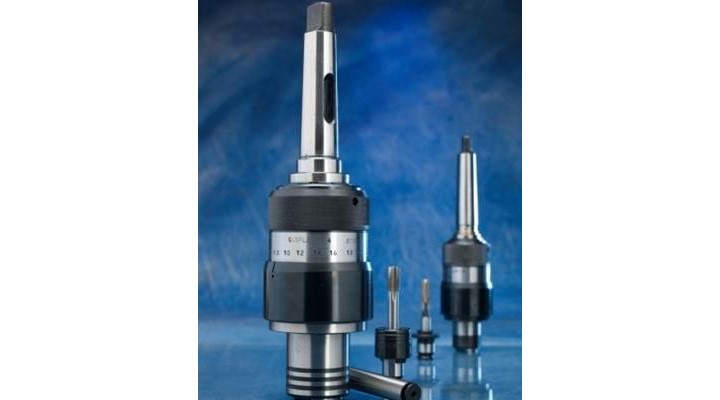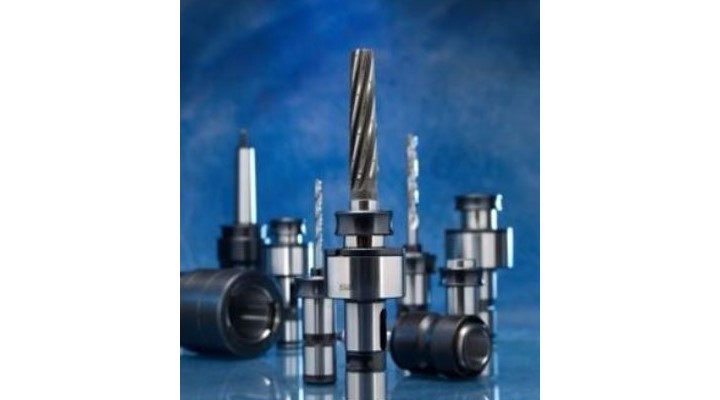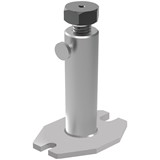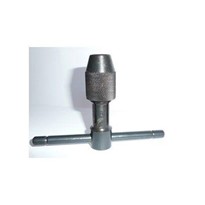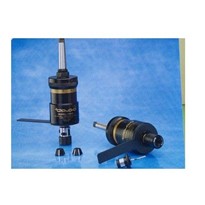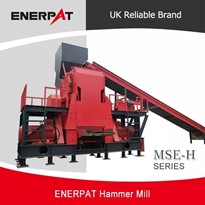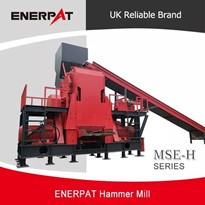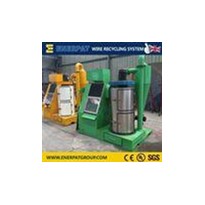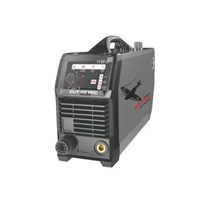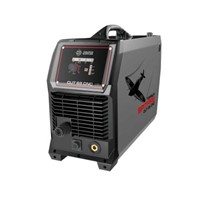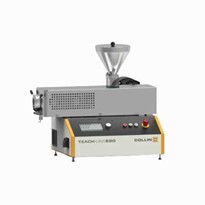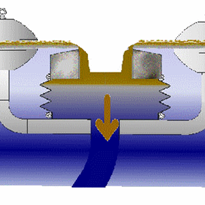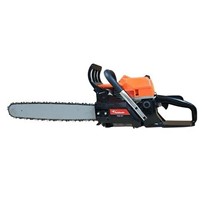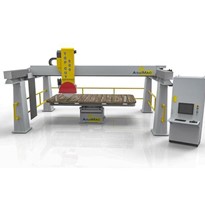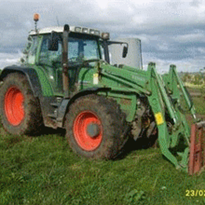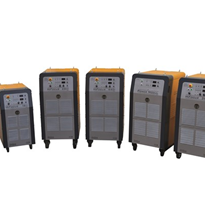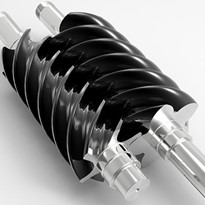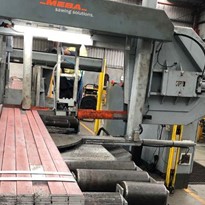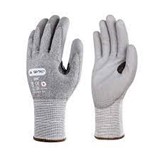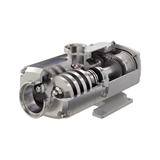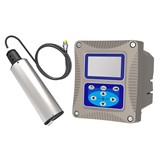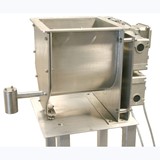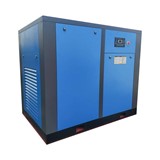You have to consider the following:
- The pre-tapped hole
- The quality and design of the tapping tool
- How the tap is turned to keep it in proper alignment with the hole
The pre-tapped hole
The majority of poor threads can be blamed on the hole and how it is produced. Since most holes are drilled, the quality, size and sharpness of the drill are of paramount importance. To tap good quality threads, the hole should be round, straight and have smooth sides and should not have a torn or scored surface.
It should also be the correct diameter for the particular requirements. Large size holes should be reamed or bored for good quality threads to be produced.
Tapping the hole can be done by hand or machine.
Hand tapping
For this use fixed T-type tap wrenches or ratchet t-tap wrenches (see fig 1).
When choosing these tap wrenches select one that keeps the tap in perfect alignment with the axis of the wrench to ensure good quality threads. A good quality T-tap wrench will have each component made from a suitable steel correctly hardened for the application and hold taps for the size you want to use.
Many T-Type tap wrenches of 12mm or 1/2" capacity will not hold 10mm or 3/8" taps so check this out before you buy.
Bar tap wrenches can also be used but make sure that the tap is held perpendicular to the axis of the wrench to obtain good quality threads.
Remember: before you buy any tap wrench, put a tap into the tool and check it is held securely and in proper alignment.
Machine tapping
There are a wide variety of ways to turn the tap as there are a wide variety of chucks, all with different features. There are reversible tapping attachments and non-reversible tapping attachments either with direct or quick change features. Choosing the best type for your use depends on the type of machine you will be using and the job requirements.
Tapping on drilling machines can be done with reversible tapping chucks (see fig 2).
If using a radial arm drill, a non-reversing tapping attachment will give the best results as they have much better features such as both radial and axial float and have better clutches for use in blind holes (see fig 3).
Tapping on a manual lathe is best done with a non-reversing tapping attachment or a universal quick change system for centering, drilling and tapping (see fig 4).
Tapping on milling machines or borers is also best done with non-reversible tapping chucks.
In general, if the machine spindle is reversible then the non-reversing tapping chuck is usually the best one to use.
CNC machine tapping
There are a large variety of different shanks, rigid, radial or axial float, quick change adaptors either rigid or with clutch and with standard or slimline designs.
Summary
Whatever tapping application you use the important things to remember are:
- Produce the correct hole
- Choose the correct tooling
- Most importantly, turn the tap in correct alignment to ensure a good quality thread.


